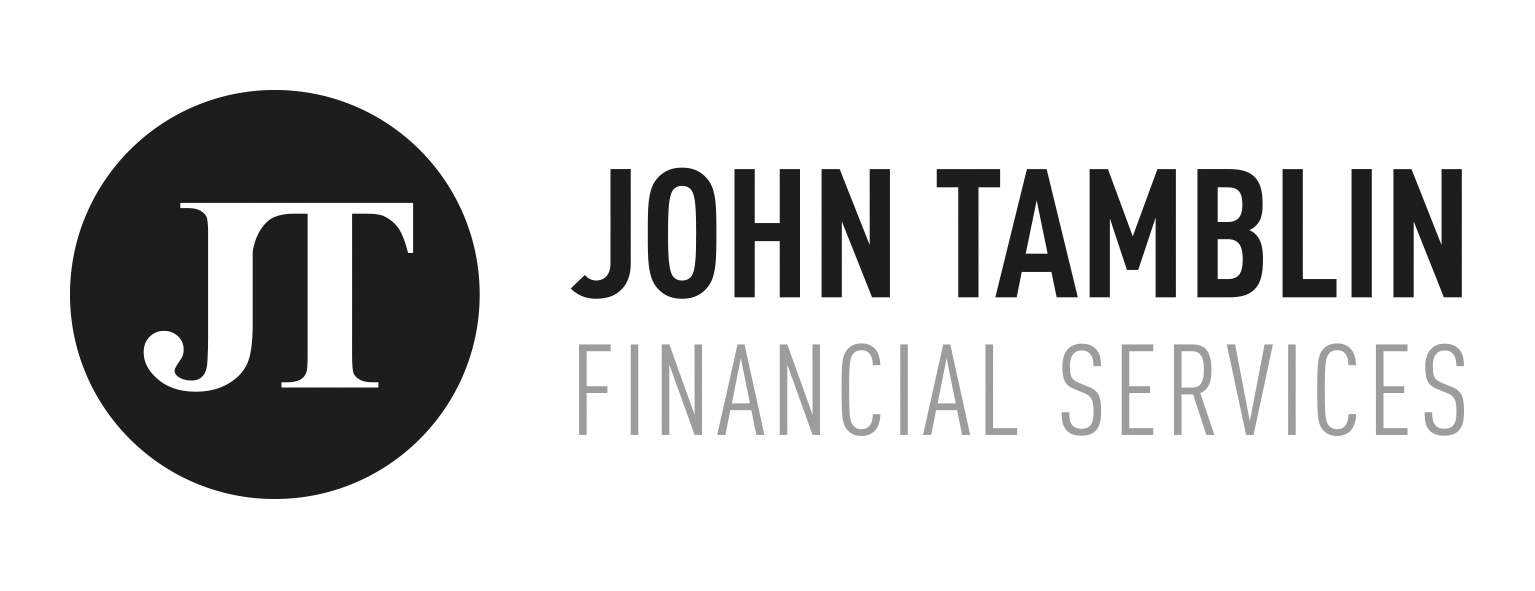From 6 April 2016, dividends received will be taxed differently.
The dividend changes will strengthen the case for business owners using pension contributions to extract profits from their company tax efficiently. Many directors of small and medium sized companies may be facing an increased tax bill next year as a result of how dividends will be taxed. A pension contribution could be the best way of cutting their tax bill, while still receiving the same level of benefit.
The changes won’t affect the amount actually paid out by the company – this remains as profits after corporation tax at 20% – but there will be a change to how that dividend is taxed in the hands of a shareholder.
The 10% notional tax credit will be abolished, and replaced by a £5,000 annual dividend allowance. Dividends received within this allowance will be tax free, although will still count as income in the tax band. Dividends above the allowance will be taxed at higher rates than this year, as follows:
| 2015/16 | 2016/17 | |
| Non taxpayers | 0% | 0% |
| Basic rate payers | 0% | 7.5% |
| Higher rate payers | 25% | 32.5% |
| Additional rate payers | 30.56% | 38.1% |
The Impact
Many shareholding directors take a significant part of their remuneration in the form of dividends, benefiting from the savings made in National Insurance, particularly the 13.8% assessed on employers. Currently this will give them more spendable income than paying themselves in salary and bonuses only.
How will this strategy stack-up next year following the changes?
Once dividends exceed a certain level, they will be worse off under the new rules. For an individual receiving dividends in the higher rate band, that tipping point will be as low as £21,600.
BUT, is there better value to be had by taking their benefits as an employer pension contribution?
Salary or dividend… or pension contribution?
An employer pension contribution means there’s no employer or employee NI liability – just like dividends. But it’s usually an allowable deduction for corporation tax – like salary. And of course, under the new pension freedoms, those directors who are over 55 will be able to access it as easily as salary or dividend.
Clearly, the net benefit to the director of taking dividend won’t be quite as much next year as it would be for the current year – even if £5,000 of the dividend is covered by the new annual dividend allowance.
But it’s still better than taking as salary – thanks to the National Insurance savings (employer and employee NI is not paid on dividend distributions).
Pensions too mean NI is avoided and also a deduction for corporation tax. And when benefits are taken, 25% can be received tax free with the balance taxable as income.
The amount of benefits taken under flexi-access drawdown can be controlled. This opens the door to efficient retirement income planning, providing the opportunity to maximise the use of annual tax allowances with their pension and other investment wrappers, and potentially reducing the tax on drawdown income to 20% or even 0%.
Other considerations when choosing the pension route
It goes without saying that, when considering a strategy, each individual’s own circumstances must be taken into account. What may be right for one person may not be the best fit for another. And it’s not just the best tax option that can influence choice.
Why wait?
The tax benefits for making a pension contribution haven’t changed – it’s just that the merits of the taking dividends will diminish. So there’s no reason to wait until next April to make pension funding.
Paying before April could hold some advantages;
- The main rate of Corporation tax is set to fall by 1% in April. So making a contribution in the current accounting period could benefit from higher corporation tax relief.
- High earning clients who will face a reduction in their annual allowance to £10,000 from next April may want to maximise their contributions now.
- And remember, the 2015/16 PIP changes could mean that some clients have additional annual allowance available before April.
If you would like to discuss how these changes could impact your business and your options to minimize any issues that may arise, then please call John Tamblin on 07880 795710 or 01539 741191 to make an appointment.
